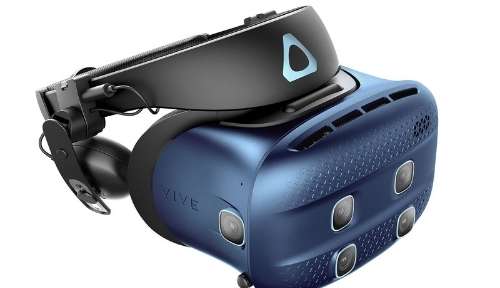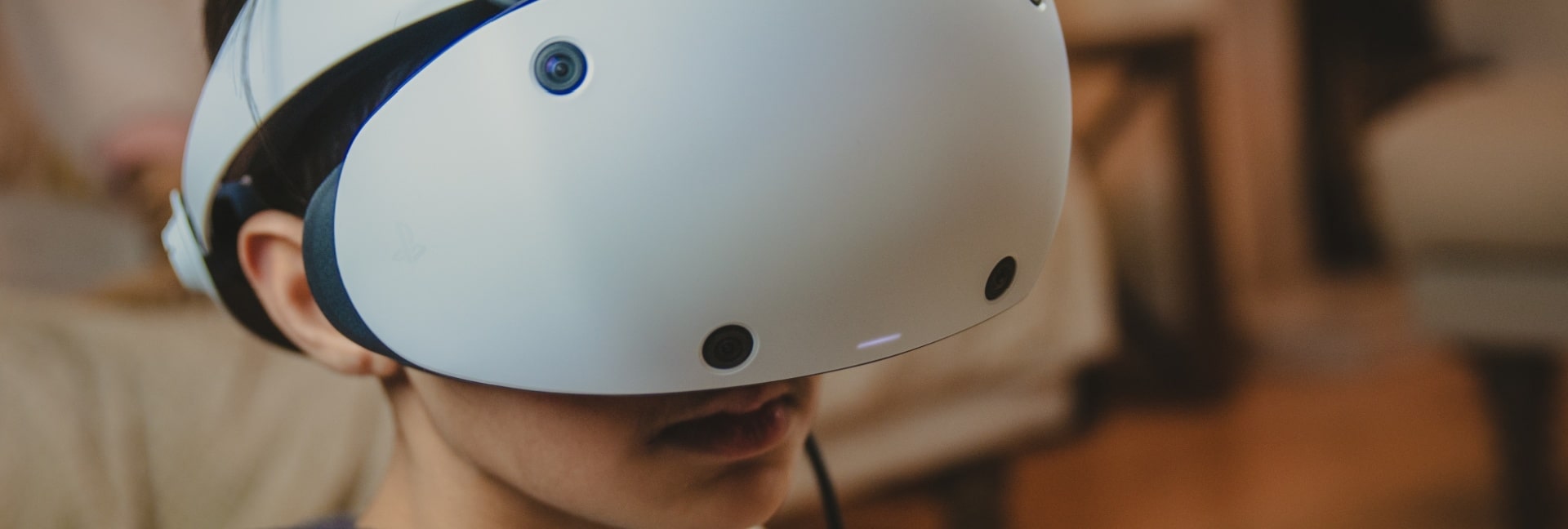When Valve Corporation and mobile phone manufacturer HTC jointly announced the SteamVR virtual reality ecosystem, it certainly caught many who’ve been following consumer virtual reality off-guard for one simple reason: you could get up and walk around.
Other virtual reality solutions such as the Oculus Rift are explicitly “sit-down” experiences. After all, since you can’t see the outside world while wearing a rift the chances are pretty good that you might trip over something or walk into a wall while seeing nothing but an open field. This is understandable, given the technology, but it’s a shame since moving around freely does wonders for maintaining the sense of immersion and presence. Unless you are simulating a sit-down experience in a cockpit or something similar, not being able to stand up and move around will feel a bit incongruous.
SteamVR knocked concerns about feasibility for “walking-around” virtual reality over. Using a SteamVR HMD such as the HTC Vive you can move around freely within a virtual space mapped onto a real area of space in your home. Within that volume of space the Lighthouse technology knows where you are and reflects that digitized position and motion into your virtual experience.
At present there is limited information available about SteamVR and Lighthouse, but based on what is known there are a few things that can be said.

How Does It Work?
Lighthouse uses special base stations mounted high at opposite ends of the space intended for tracking.
Each base station scans the room with a laser beam beam 50 times a second, alternating between horizontal and vertical sweeps. At least, this is one mode that we know of so far, it seems that other modes are also possible for different applications, but not much information is available yet.
The base stations are connected via a sync cable to ensure that they remain coordinated in their scanning and since any object within the space can be seen by at least one of the base stations the problem of occlusion is effectively managed.
Demonstrations of the Lighthouse system have capped the maximum space of the tracking system at 15×15 feet. It seems that this is however not a final figure. Alan Yates from Valve also has explicitly stated that the Lighthouse units can be scaled to use more than two base stations “like cell towers”, so scalability is part of the design.
Laser positioning sensors on the HMD and handheld controllers allow for very precise movement tracking. The HTC Vive HMD has 37 of these tracking sensors and, combined with inertial sensors within the HMD and controllers, this provides whatever virtual reality software you are using with precise, sub-millimetre data on what you are doing and where you are doing it.
Reportedly the latency of Lighthouse’s tracking is very low indeed. Reporters who have experienced it seem to feel it is imperceptible. Low latency, as we know, is essential to produce that magical feeling of “presence” that divides truly transformational virtual reality experiences from the more mundane variety. One developer invited to a private SteamVR event referred to it as a “near-religious experience”
Of course there remains the issue of not walking into walls as you move around the virtual world. If the SteamVR system had no solution to this then it wouldn’t get far as a product. When in a SteamVR game you will actually be warned by the software when you approach the limits of the tracking space.
Another interesting implication of the technology is that others can physically join you in the same space. Lighthouse can track more than one headset, so you will see your friend’s avatar in the right position relative to you.
The Future of Lighthouse
Lighthouse stands out as a unique consumer technology in an industry that has almost exclusively focused on infrared camera tracking systems. Both the Oculus Rift and Playstation VR rely on camera tracking, which provides nowhere near the accuracy or range of Lighthouse.
On the other hand, Lighthouse requires you to dedicate a sizable space for its use, although it can also be used in smaller space while seated just like its competitors. That’s a lot to ask of consumers, but if the experience is really that much better than the rest we’ll tend to see support from core early adopters. We’re also quick to forget that televisions and radios also required dedicated space in our homes. These were disruptive in their time and people did get used to them. We might very well see spare bedrooms across the world get converted into personal “holodecks”.
Another factor that plays into Lighthouse’s favour is open nature of the standard. Anyone can make SteamVR compatible hardware, which immediately give it a leg up over proprietary systems.
One day we might see the successor to Lighthouse’s concatenated base stations built into homes and other spaces as standard. Until consumer units hit the market the success of Lighthouse is difficult to predict, but if the ecosystem does win out in the upcoming virtual reality “format wars” it can’t help but to be the Next Big Thing.







